Tornado Warning: Travel Safety Tips

Getty Images
It felt like a knob on a wall being cranked up -- really fast.
That’s how Larry Krznarich of Park Falls, WI, recalls the minutes before a tornado ripped across the campground where he was vacationing in July 2010. The 52-year-old engineer and his wife, Rita, were enjoying their wedding anniversary by the shores of Turtle-Flambeau Flowage, a reservoir in Wisconsin. But as Rita prepared dinner, Krznarich noticed the sky turn gray. Something didn't seem right.
“It was fairly calm. It was kind of eerily quiet,” recalls Krznarich.
With rolling thunder audible off in the distance, Krznarich turned on his emergency weather radio, which broadcast a warning alert to take cover. He and his wife immediately ducked under a campground table. “If it wasn’t for our weather radio, we’d be dead,” Krznarich says.
More than 1,000 tornadoes, many of them with little or no advance warning, touch down in the United States every year. Tornado preparation is essential for many travelers. Even if you love extreme travel, you don't want to get too close to a twister. Check out these tornado-safety tips to stay prepared.
Think Outside the Zone
A traveler doesn’t need to be in “Tornado Alley” (an area defined typically as north Texas, Oklahoma, Kansas, Nebraska, east Colorado and Iowa) to wind up on the wrong side of a twister. In 2010, Minnesota actually led the nation for the first time with more than 100 tornadoes, while Wisconsin saw 46. Tornadoes don’t just hit rural areas either; cities such as Nashville, Fort Worth, Oklahoma City -- even New York City, in September 2010, in which one person was killed -- have been hit. They’ve also occurred on every continent except Antarctica.
Know When It’s Tornado Season
To best prepare for a possible tornado, know when a storm is most likely to strike. Tornadoes frequently occur east of the Rocky Mountains during spring and summer (they’re rare on the West Coast). In the southern states, it’s March through May. And in the northern states, it’s late spring through early summer. Tornadoes can occur at other times as well. November, which is known as “second tornado season,” typically affects “Dixie Alley,” an area along the Gulf Coast from Texas to Georgia and South Carolina, and sometimes all the way north to the Ohio Valley.
Recognize the Danger Signs
If the wind dies down and the air becomes still, a tornado may be on its way. Additional signs include a dark, typically greenish sky; large hail; a large, dark, low-lying, often-rotating cloud; and a loud roar like a freight train -- the last signifying a forward wind speed of 30 miles per hour and up to 70 miles per hour or more. Also, while it can happen at any time, a tornado is most likely to strike between 3 p.m. and 9 p.m.
Tune In to Local News
Even when traveling in an unfamiliar area, tune in to the local news, says Dr. Harold Brooks, a research meteorologist with National Oceanic and Atmospheric Administration (NOAA). Also, pay attention to television monitors with tornado updates at rest areas near highway turnpikes in such Midwest states as Kansas where tornadoes are prevalent. In states where tornadoes are a probable threat, sign up for local weather (SMS) alerts from The Weather Channel. Rely on tornado-tracking apps at your own discretion, says Brooks, because getting a good signal can be an issue.
Prepare for Shelter
For some it’s tempting to chase a tornado, but resist the urge. “You don’t want to get caught on the road … get to the lowest floor of an interior room of a building,” says Brooks. “You want to put as many walls between you and the tornado as you can,” he adds. If a traveler is on the road, look for the nearest fast food restaurant. Most have walk-in coolers. If a traveler is stuck outside and can’t get to a building, get as far away from trees and cars as possible. Lay face down on low ground in a ditch or ravine, for example, and cover your head with your arms.
Stay Tuned In
Buy an emergency weather radio. Ever since his own brush with a tornado, Krznarich, has given one as a gift to all his friends and family. Look for Specific Area Message Encoding (SAME) technology that limits false alarms. “You can get them for about $20,” says Krznarich. “There’s no excuse not to have one.”
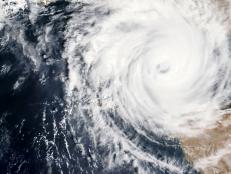


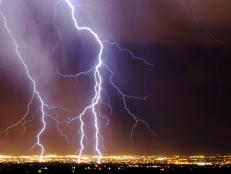


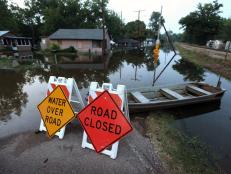
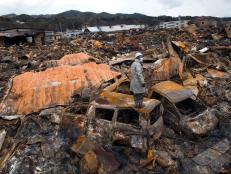
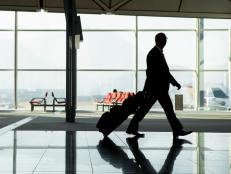


















.jpg.rend.hgtvcom.231.174.suffix/1674758726773.jpeg)










